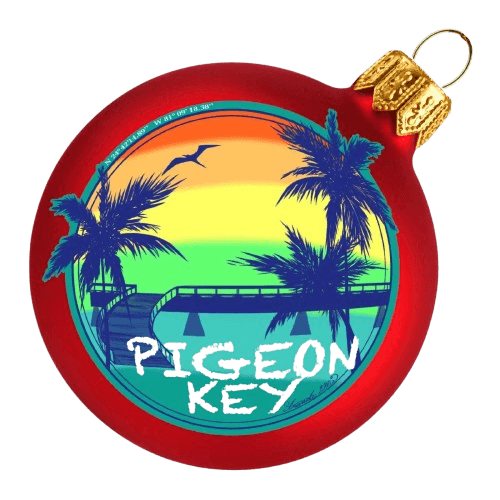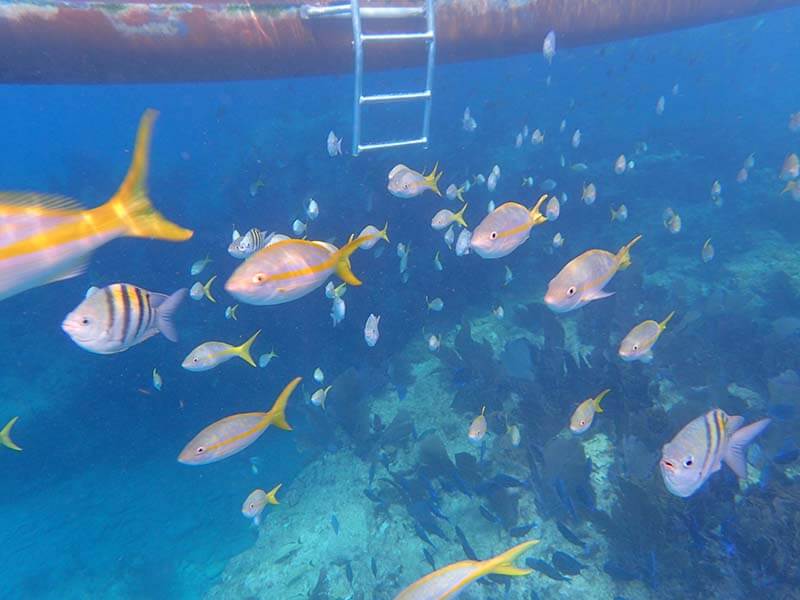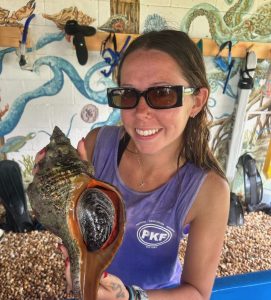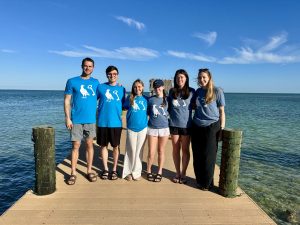Marine protected areas, also known as MPAs, set aside designated marine environments to conserve critical habitats like coral reefs! Every Education groups that stays at the Pigeon Key Foundation and Marine Science Center visits Sombrero Key Reef; a local MPA six miles south of Pigeon Key. Marked by a 142-foot lighthouse, this spur-and-groove reef formation is a Sanctuary Preservation Area within the Florida Keys National Marine Sanctuary, which is part of the third largest coral barrier reef system in the world!
Even though MPAs like Sombrero Key Reef are protected, they allow for a range of activities including boating, snorkeling, and diving so people can experience this unique environment while minimizing harm to the ecosystem. Visitors see first-hand the vast biodiversity of the reef when they are immediately greeted by an array of colorful fish species swimming and grazing on coral, sea turtles cruising around the reef, green moray eels creeping out of their crevices, and the occasional nurse shark sleeping on the ocean floor!
Within different MPAs there are varying levels of regulations, so it is important to be aware of what activities are restricted in each protected area. For instance, Sombrero Reef is a no touch-take zone, meaning that touching coral, abandoning material, or harvesting any marine life is prohibited. MPAs help to minimize stress on corals and provide numerous marine species shelter and a safe environment to reproduce to maintain balance within this delicate ecosystem. However, protected areas alone cannot preserve coral reefs. Many threats reach beyond these protected boundaries, but you can help by taking steps in your everyday lives to reduce pollution and the effects of climate change!
Protecting marine habitats such as Sombrero Key Reef help maintain healthy marine ecosystems and protect the livelihood of local communities, so be sure to learn more about your local marine protected area or areas by visiting https://marineprotectedareas.noaa.gov/dataanalysis/mpainventory/.




